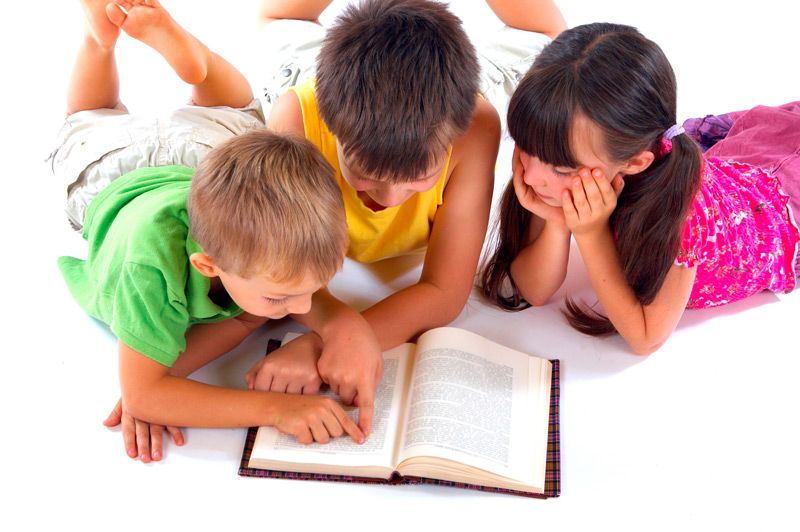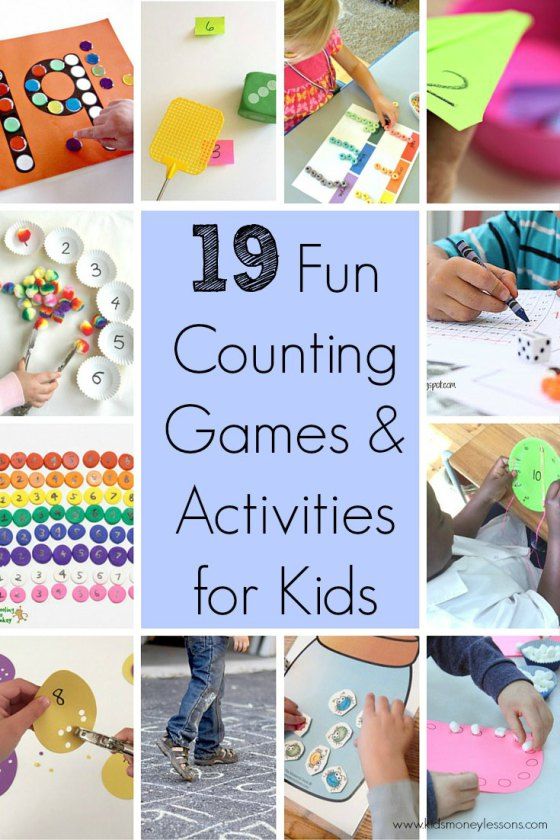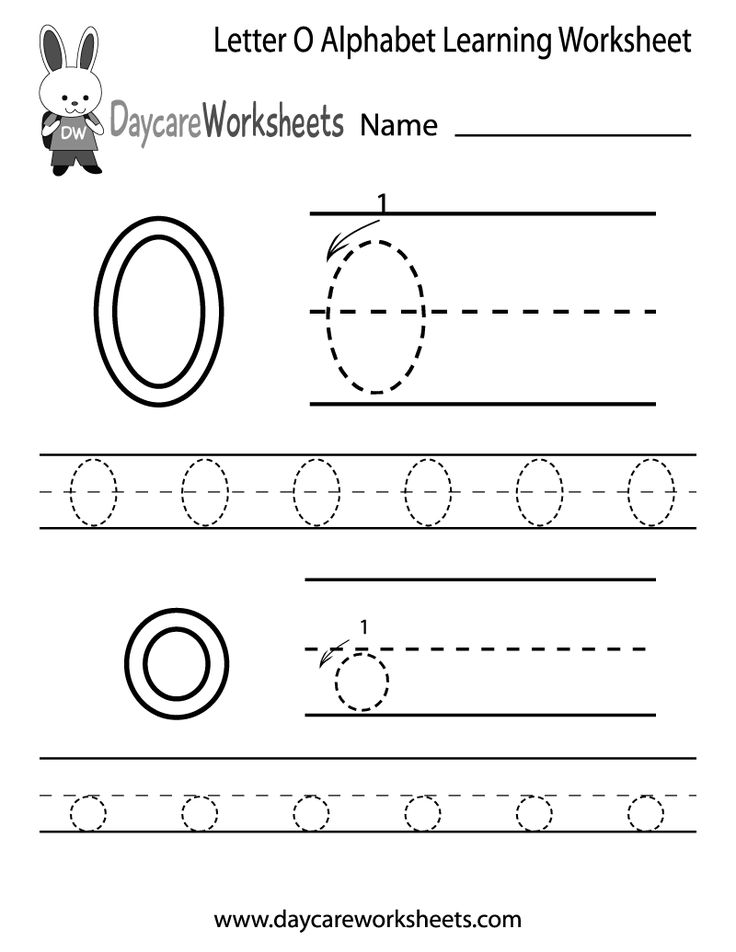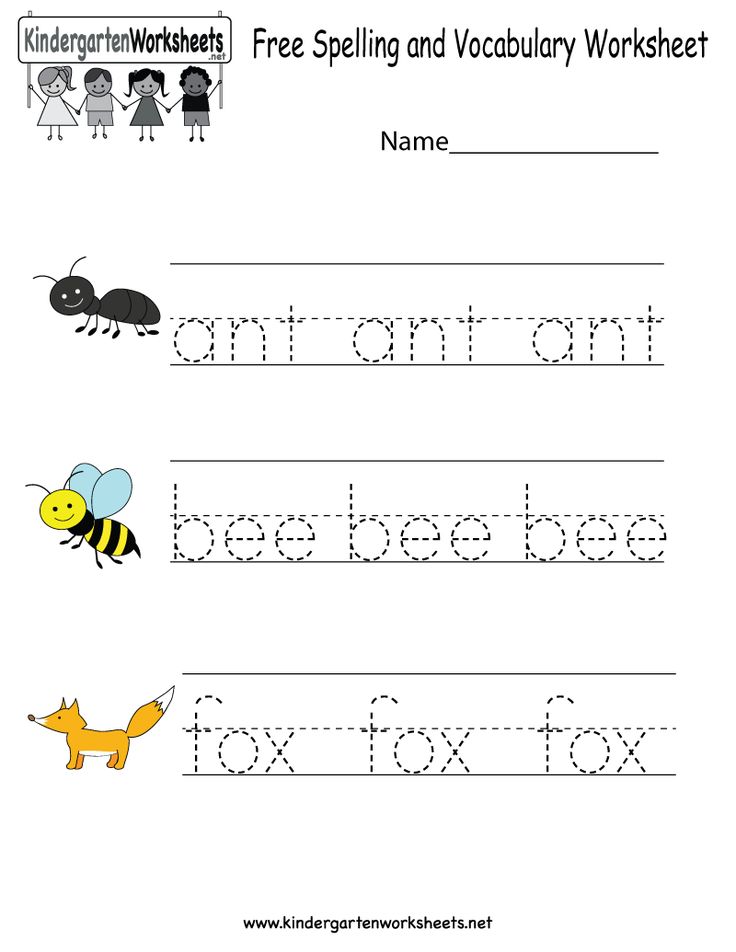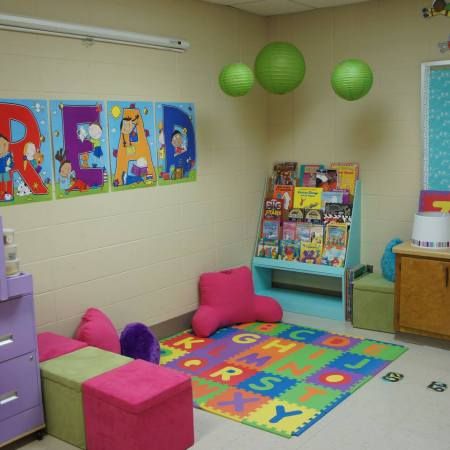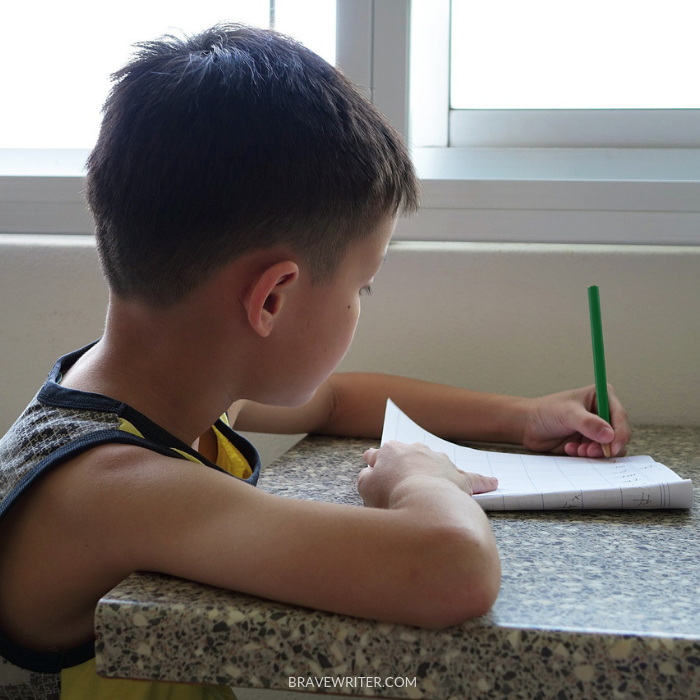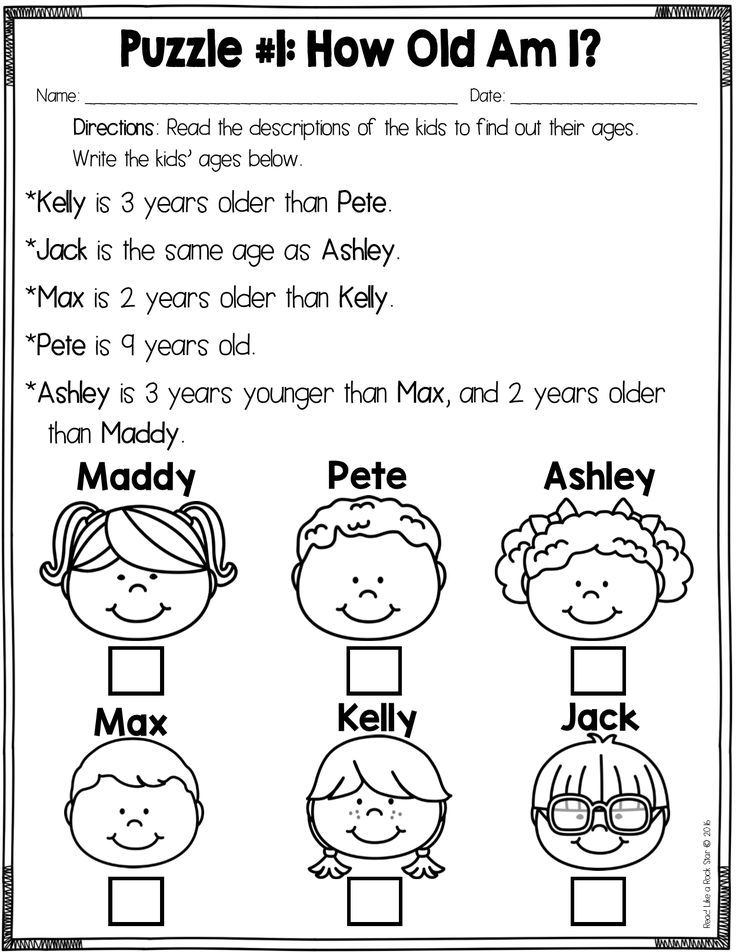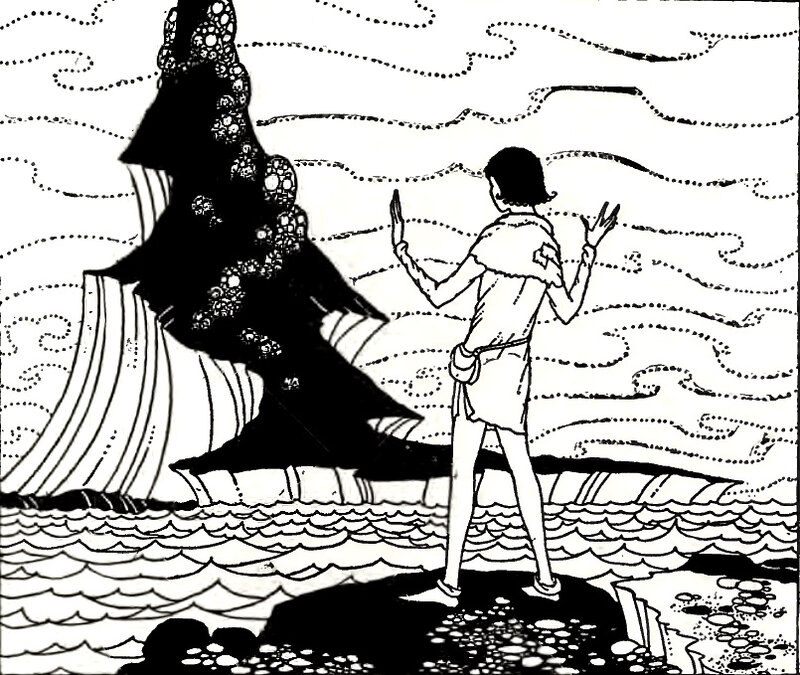Children reading together
Reading Together to Strengthen Emotional Connection
In early childhood development, we hear so much about what’s measurable—how often children are read to, and how many words they hear by age three—that reading can feel more like a task to check off a list, than a special opportunity to connect.
It’s true that babies and children have a limitless desire to acquire knowledge, but the benefit of storytime isn’t just cognitive development––it’s also deeper. The rhythm, tone, and sensory-emotional aspects of reading help develop relational reflexes that they’ll use throughout their lives.
If we shift our attention to connecting by reading with each other, we can open ourselves to the monumental impacts that autonomic emotional connection has on our social, emotional, behavioral, and cognitive development.
Emotional Connection Feels Good and Has Health Benefits
We can strengthen our autonomic emotional connections to each other by engaging our emotions and senses together, for example reading emotionally while cozily holding our child in our lap. Our studies in premature infants and their families have shown that this deeply human experience profoundly impacts our health. Autonomic emotional connection protects babies and children against stress, promotes heart, brain, and gut function, improves sleep, and bolsters the immune system. Cognitive and language scores go up, behavioral problems go down, kids are more prosocial and do better in school.
And because autonomic emotional connection is two-way, parents and other close adults get many of the same benefits we think of as being “for kids”: adults are less depressed and anxious, and both parents and children show better overall physiological regulation.
How to Help Kids Relax and Enjoy Reading through Storytime
Storytime is a wonderful opportunity to strengthen these pathways of sensory-emotional connection.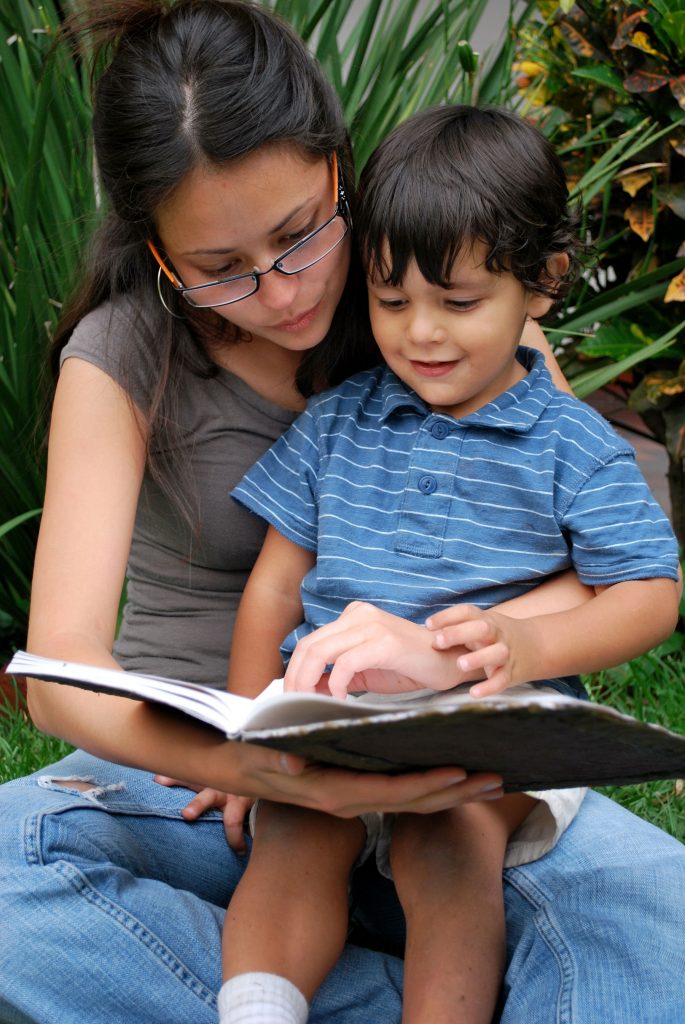 When there is emotion in the language and tone of voice, you strengthen your connection. This rewarding mutual interaction can touch—and heal—your hearts.
When there is emotion in the language and tone of voice, you strengthen your connection. This rewarding mutual interaction can touch—and heal—your hearts.
Engage Your Senses
- You can start before your baby is born! Studies show that if you read a book to a baby in utero over and over, they will respond to that book outside the womb.
- Many parents sit their child on their lap, facing out. Instead, try tucking your child into your side. That way, they’ll still be able to see the pictures and words, but importantly, they can look at your face and make eye contact! This helps them to share feelings like excitement with you, and to check how you react when something surprising or scary happens in the story.
- Sitting together also lets you hug, which can help you both calm down for bedtime, while your bodies learn how comforting reading together can be.
- Snuggling is a wonderful way to connect while reading. Hold your little one close, breathe in each other’s scents, and kiss their tender head.
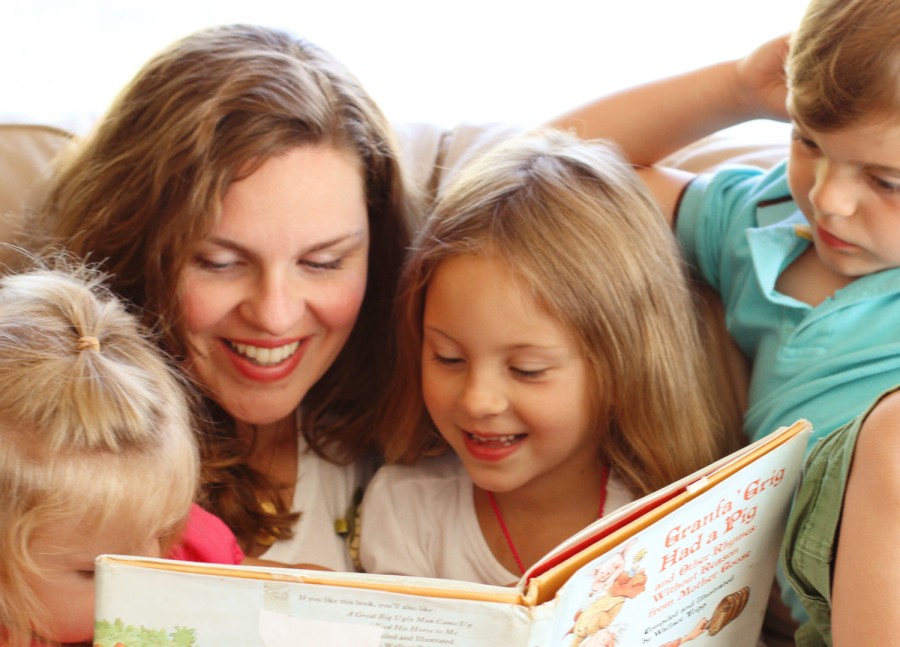 Let them put their hand on yours as you turn the page; look into each other’s eyes when something surprising happens in the story, and let there be a give-and-take of talking and listening.
Let them put their hand on yours as you turn the page; look into each other’s eyes when something surprising happens in the story, and let there be a give-and-take of talking and listening. - If your child interrupts the story to tell you something, pause the story and listen! Discovering what your child is thinking and feeling is a reward for you; it shows you they’re feeling open and expressive. Listening shows them that you really care about their thoughts and feelings.
- Babies and children look to our faces to help process events in the story. If you’re reading over Zoom with grandparents, remember that it’s important for the child to see their grandparents’ faces, rather than just the pages.
Engage Each Other’s Emotions
- When you read with emotion, your child will love reading, and it will help you both tap into more feelings, too.
- If your child is enthusiastic, match their enthusiasm; if they’re distracted or agitated or fidgety, read with more and more emotion until they match you! If that doesn’t work, maybe it’s time to cuddle.

- Children often love to hear the same stories over again, so they can memorize them and parrot them back, “reading” to you. They watch how you react to their gift: seeing your pride in them gives kids confidence. That’s a motivating factor for their future interest in reading.
- Read new books, too! Familiarity helps their confidence, but hearing new stories helps expand their knowledge, imagination, and verbal and emotional vocabulary.
- Read books that are at and above their reading level. Most language development happens between 6-12 months, but language exposure is still very important at all ages. Read things that interest you: your excitement will be contagious. But stay open to re-reading their baby books if they want to revisit them.
Remember: reading to teach works best when you’re reading to connect emotionally. Listen carefully, whether your child responds to the story with an emotional reaction they want to share, or a thought that came up for them, even if it seems unrelated to the story.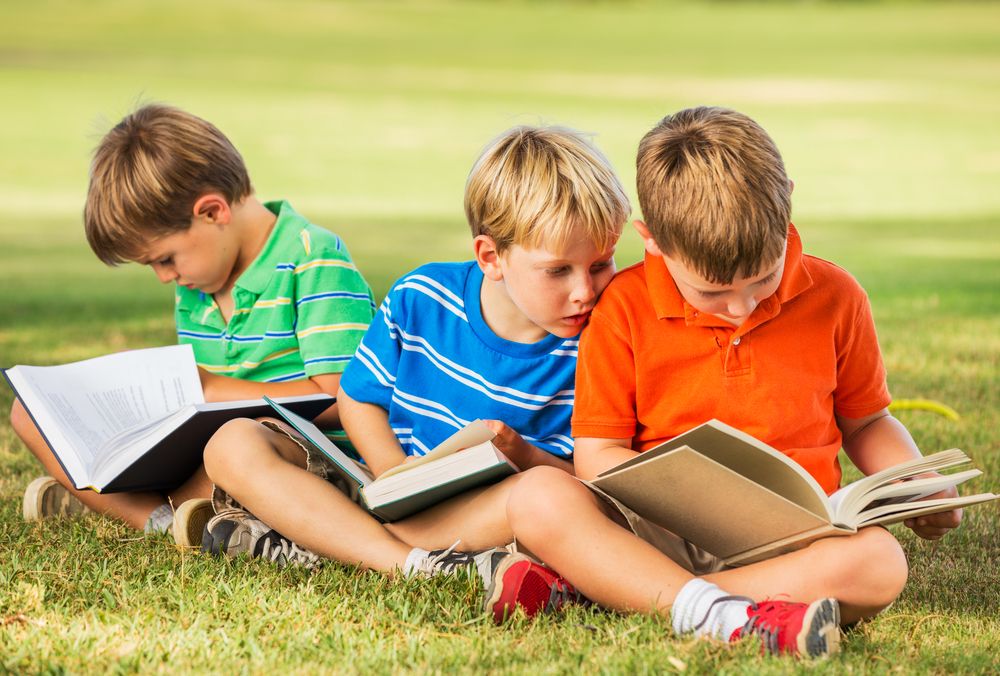 When you react to their contribution with interest and acceptance, it reinforces thinking, feeling, and sharing.
When you react to their contribution with interest and acceptance, it reinforces thinking, feeling, and sharing.
My father read to me every day until I went to college, and that is something I cherish to this day. I’m grateful for the love and attention he gave me, and for the curiosity and thirst for knowledge he instilled in me. Seeing through the lens of co-regulation becomes generational: when I had my own child, I read with him daily, too.
Stories connect us, and those connections are essential. They help us become more creative, more caring, more resilient. From a scientific perspective, when we connect with each other, we also promote our learning and health–– right down to the cellular level. I encourage you to read together, starting as early as you can, and continuing to read out loud with each other lifelong.
Let’s take care of each other,
Martha G. Welch, MD
Director, Nurture Science Program
Columbia University Irving Medical Center
S.
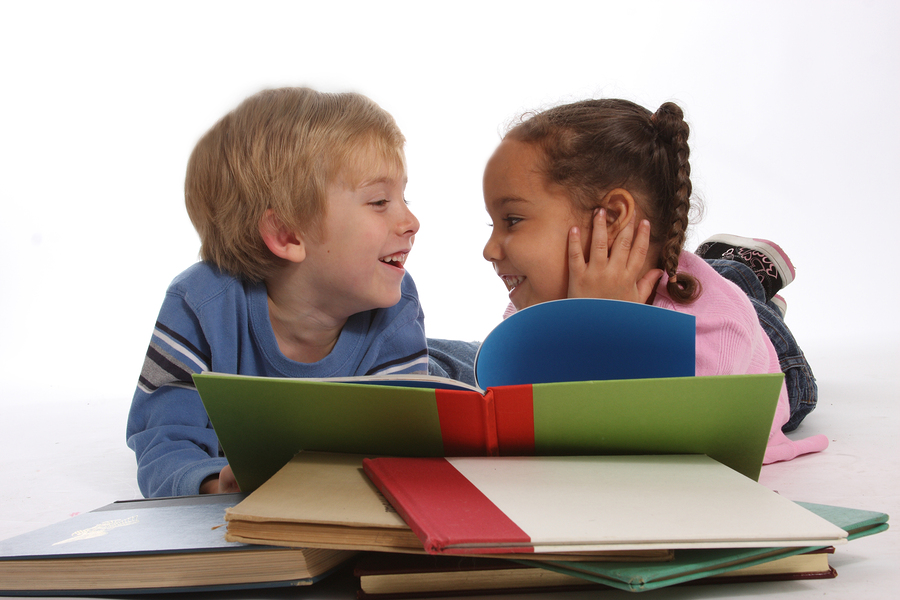 H.A.R.E. and R.E.A.D. with your Child
H.A.R.E. and R.E.A.D. with your ChildAs the national leader in emergency response and a leader in early childhood education, we’re providing parents, schools and communities with trusted resources, tools and tips about coronavirus and kids. Sharing books and reading together are powerful ways to bond with our children and help them learn. Here are some fun way to make the most of storytime at home – for babies, toddlers and elementary school-age children.
S.H.A.R.E. Books with Your Baby or Toddler
Sharing a book with your baby or toddler is a terrific way to bond, plus it helps build important early literacy skills, such as listening, growing vocabulary and understanding.
S - Snuggle with your child
H - Help your child turn pages and point to pictures
A - Ask your child questions about the story
R - Respond to your child’s comments
E - Enjoy this special bonding, brain-building time together!
You can help by looking together at the pictures and pointing out a few things – ask your child to turn the page or point to the flowers.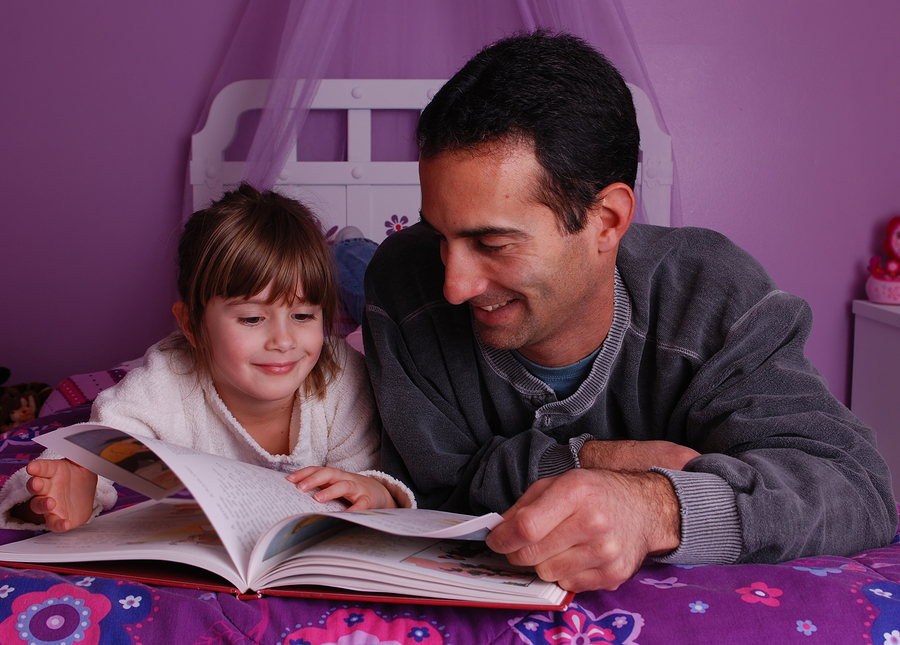 Encourage your child with questions and respond to what she says. Help your child expand his thoughts by asking “wh” questions, such as “Where is the dog?’ or ‘What does a dog say?” Don’t forget, it’s okay to be silly and playful and know that your child may only interact with a few pages of the book at a time. You’ll be surprised at all the talking you’ll do and the fun you’ll have together!
Encourage your child with questions and respond to what she says. Help your child expand his thoughts by asking “wh” questions, such as “Where is the dog?’ or ‘What does a dog say?” Don’t forget, it’s okay to be silly and playful and know that your child may only interact with a few pages of the book at a time. You’ll be surprised at all the talking you’ll do and the fun you’ll have together!
To stay current and receive more tools and tips from our experts, sign up here. We’re all in this together.
*First Name
*Last Name
*Email Address
Spam Control Text: Please leave this field empty
R.E.A.D. Books with Your Elementary School-Age Child
Reading to and with your elementary school-age child is the single most important thing you can do to improve school success.
R - Remember to mention the title, author and illustrator
E - Explain confusing words and concepts
A - Ask your child questions about the story
D - Discuss the story during and after reading
It helps your child develop enthusiasm for reading and increase reading growth, among other benefits. It’s important to read and reread well-loved stories, as well as new books that are beyond your child’s current reading level. This will teach your child many new words and help her understand how complex stories evolve and how fluent reading sounds. Discussing stories improves comprehension and helps young children recognize how to “read between the lines.” Just pause every once and awhile and talk about the story based on what you’re thinking or what your child is saying. Discussing stories helps improve vocabulary, relate stories to real life experiences and grow critical thinking skills.
It’s important to read and reread well-loved stories, as well as new books that are beyond your child’s current reading level. This will teach your child many new words and help her understand how complex stories evolve and how fluent reading sounds. Discussing stories improves comprehension and helps young children recognize how to “read between the lines.” Just pause every once and awhile and talk about the story based on what you’re thinking or what your child is saying. Discussing stories helps improve vocabulary, relate stories to real life experiences and grow critical thinking skills.
You’re not alone. As the world’s leading expert on childhood, Save the Children is here to help. Visit Coronavirus and Kids: Resources from Save the Children for more tools and tips you can trust for parents, caregivers, teachers and all those who care about children in crisis.
Read to children, read with children, let children read to you!
- home
- Read to children, read with children, let children read to you!
- Material Information
On May 15, the International Day of the Family, the Pskov Region hosts an annual regional reading campaign – Family Reading Day “We Read with the Whole Family”.
The action is aimed at attracting public attention to the issues of family reading, developing the traditions of children's extracurricular reading, as well as strengthening the family, increasing the importance of literature in education. The motto of Family Reading Day is "Read to the children, read with the children, let the children read to you!".
The essence of the action is to dedicate the day of May 15 to reading and creative activities around the books read - in the family, at school, in kindergarten, in the library; children, parents, grandparents, older and younger participate.
Family Reading Day is organized by all libraries of the Pskov region that work with children on a single theme. The theme for 2018 is “Marathon of Literary Anniversaries”. The day is dedicated to reading books by authors whose anniversaries are celebrated in 2018.
2018 is rich in anniversaries of children's writers. The work of each is familiar and loved by many generations of readers. Among children's writers-anniversaries - Yu.I. Koval, S.V. Sakharnov, S.V. Mikhalkov, V.D. Berestov, V.P. Krapivin, N.N. Nosov, V.Yu. Dragoon.
In our library, parents with children were invited to the "Family Weekend" program. The participants were presented with an exhibition-parade of books for family reading with impromptu reading aloud and a creative activity - to jointly create soap bubbles and “blowers” with their own hands. Then rainbow products were tested in the park in front of the library.
Loud readings with game tasks “Sunny drops of poetry” were held in the Velikoluksky City Children's Library, a list “Reading Together” and an exhibition of literature on education “The World of a Child: Interests, Problems, Future” were compiled for parents.
In the Loknyansk Children's Library, together with the social center, a literary festival "Miracle Books, Miracle Children!" with quizzes, contests, games based on the books of N. Nosov and A. Usachev.
The Day of Family Reading in the Porkhov District Library, where preschool children and their parents will gather, is also dedicated to A. Usachev's work.
The stories of contemporary St. Petersburg author S. Makhotin will be the focus of attention at a family meeting in the Pytalovo Children's Library.
The Ostrov Regional Library has proposed an online project "Family Reading Day", where photos will be collected while reading in a family interior. An exhibition-recommendation "Protect Peace in Your Families" and a literary game "Mom, Dad, I are book friends" have been prepared.
Actively joined the action of the library of the Gdovsky district. Family meetings “Read with Mom” and a review conversation “Read books by writers-anniversaries of 2018” were held in the department for working with children, with distribution of leaflets-recommendations.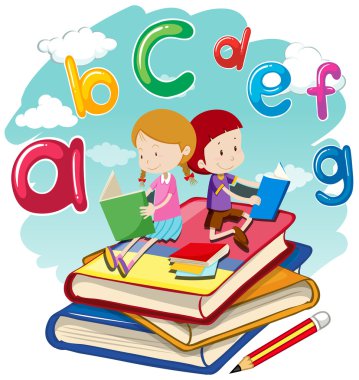 In the Dobruchinsky and Chenevsky rural libraries, the morning performances “Who visits in the morning” are dedicated to the work of B. Zakhoder, and expressive readings are held based on the poems of K. Chukovsky. The Chernev Library has prepared a parent meeting "The Importance of Family Reading". The border library is holding a literary meeting with kindergarten students based on the stories of N. Nosov, the Trutnev library has chosen poems by E. Blaginina for Family Reading Day. The Tupitsinsky Library organizes an interactive program "Reading and Drawing" based on the plots of books by V. Suteev, S. Mikhalkov, V. Krapivin.
In the Dobruchinsky and Chenevsky rural libraries, the morning performances “Who visits in the morning” are dedicated to the work of B. Zakhoder, and expressive readings are held based on the poems of K. Chukovsky. The Chernev Library has prepared a parent meeting "The Importance of Family Reading". The border library is holding a literary meeting with kindergarten students based on the stories of N. Nosov, the Trutnev library has chosen poems by E. Blaginina for Family Reading Day. The Tupitsinsky Library organizes an interactive program "Reading and Drawing" based on the plots of books by V. Suteev, S. Mikhalkov, V. Krapivin.
Why children in a reading family do not always read. And vice versa
Children in a reading family, right? Let's replace reading with running. Running parents have running kids. Of course, they will run if the daily runs of both parents are required, and the children take part in them, since there is no one to leave them with, and they run with mom and dad. But we have never seen anything like this. And if you have seen it, then this is a very rare, even unique case, because the speed of running parents is clearly not suitable for children, it is inconvenient to run with them, and parents rarely run together. The situation can be mitigated: every year parents participate in the Running City, take their children with them, since participation in the action allows them to do this. But if we look at families that have been participating in this event for many years, we will notice that often the initiators of participation are not parents, but children. If there are several children in the family, then over time it is interesting for one to participate independently, while the other becomes uninteresting. That is, everything flows, everything changes.
But we have never seen anything like this. And if you have seen it, then this is a very rare, even unique case, because the speed of running parents is clearly not suitable for children, it is inconvenient to run with them, and parents rarely run together. The situation can be mitigated: every year parents participate in the Running City, take their children with them, since participation in the action allows them to do this. But if we look at families that have been participating in this event for many years, we will notice that often the initiators of participation are not parents, but children. If there are several children in the family, then over time it is interesting for one to participate independently, while the other becomes uninteresting. That is, everything flows, everything changes.
Of course, the family's habitual way of life affects the child, his behavior, habits, but does not determine the character and abilities. Even the hobbies of children in the same family are different. And it seems completely normal to us - all people are different. By the way, only one of our sons runs in our family. How did he develop this need for a family where no one had ever run?
And it seems completely normal to us - all people are different. By the way, only one of our sons runs in our family. How did he develop this need for a family where no one had ever run?
Where, then, does the idea of reading come from as something that children necessarily copy from their parents? Why is this performance not extended to music, theatre, cinema, football and more?
Finally, why isn't there a magical reading infection?
1. Reading unnoticed
If we can watch a movie together, we read a book aloud much less often. More often we read each one of our own, secluded, quietly. How exactly a person reads, that is, perceives what he read, we do not see. And the child does not have the opportunity to see the parent reading in the toilet-transport-bed at all. To copy a seat with a book in an armchair ... - yes, this is possible if the person reading causes a desire to copy it. For example, Daniel Pennak writes about this - he began to read, copying his older brother. But my younger brother reads so much (even walking down the street, he can bury himself in an e-book) that he can hardly become an example for his nephews - his behavior is more strange than approved or “cool”, “fashionable”. As my husband and I read, children almost do not see, and we read not just a lot, but a lot: reading or creating different texts is our job.
But my younger brother reads so much (even walking down the street, he can bury himself in an e-book) that he can hardly become an example for his nephews - his behavior is more strange than approved or “cool”, “fashionable”. As my husband and I read, children almost do not see, and we read not just a lot, but a lot: reading or creating different texts is our job.
They copy something completely different - endless sitting at the computer or on the phone. We work all the time, they seem to be all the time ... working.
If you continue to watch what else is being copied, you will notice that books on the road are a must-have story. There is no travel without reading. But it was not possible to force them to read "according to the program" on the road. Traveling is freedom and pleasure. On the other hand, the habit gradually developed to spend leisure time in the museum, to wander the streets of the city in search of beauty, to study the history of the city, starting from their own impressions and observations of the townspeople (the son grows up as an urban linguist, listens and reads travelers, anthropologists, urbanists, the daughter pays great attention to to people, images, the atmosphere of spaces, she even evaluates cities by their condition in them, and not by architecture).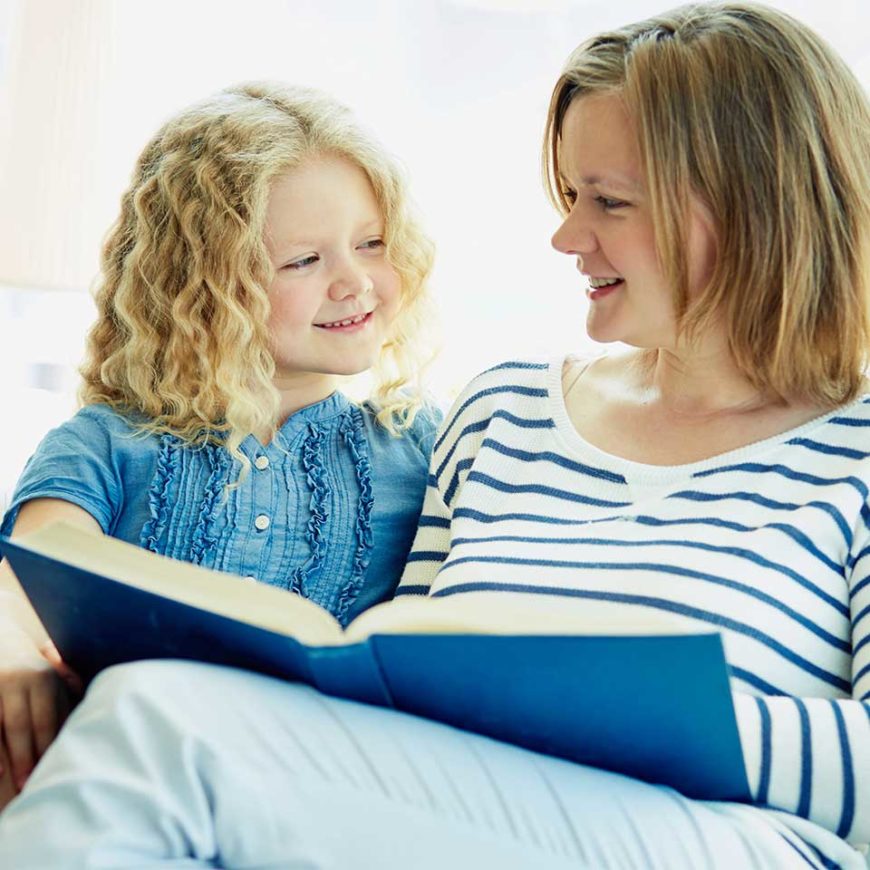
2. Reading is just a way
A way to get information, to satisfy one's needs. For example, the need for privacy on the road or in line to the doctor. Or the need for a special perception of the artistic world that fantasy or a detective story gives us - dived headlong, forgot everything around. Or the need for a special sense of language that poetry gives. Especially modern poetry, when the author goes on a bold experiment. By the way, our children have this need. And it's definitely from us. And it could have appeared from communication with someone else - with a teacher, with a poet, with a friend. I could grow out of my own experiences to put words in a special way, to try them for strength. Poets are born in families where language experiments are not characteristic of anyone.
Let's return to reading as a way to get information, to remember that information can still be found in other ways: listen, watch videos, try to do it yourself. It is strange to think that reading is the best way to absorb information.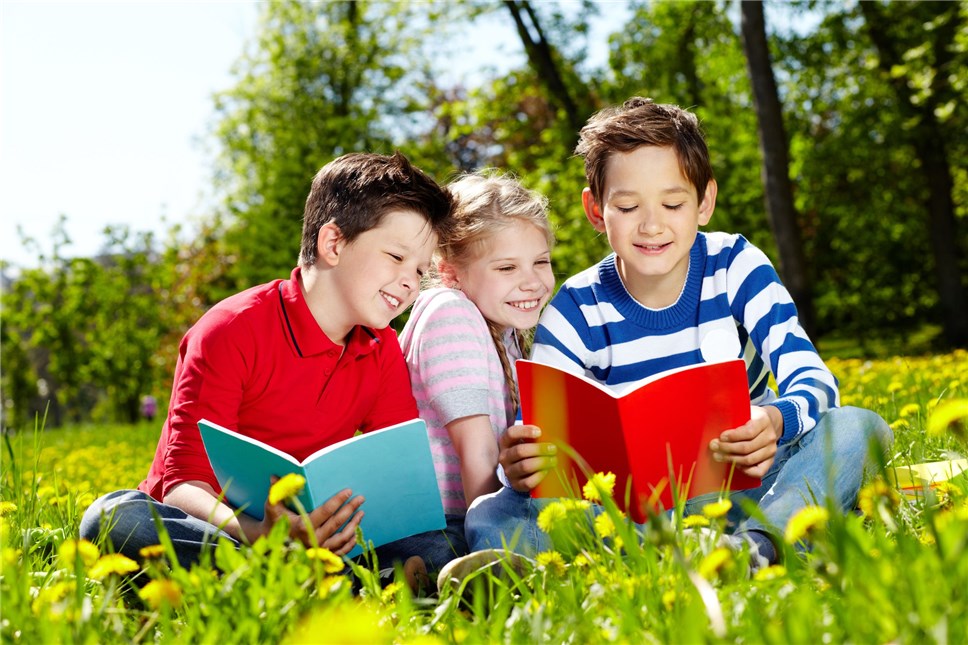 We are all very different. And in education, reading is the top of the pyramid of ways to learn. At the base of the pyramid are activities, trials, and experience. If you read about a new subject, then approximately 10% of the new information will be assimilated. If you look, then many times more. If you do it yourself, then up to 80% of new information will be in demand. Information is fully assimilated when you teach others. (Remember the anecdote about the teacher who complains about the students: “I got it myself, but they don’t understand.”) I’ll add to this only my own surprise - we have catastrophically little reading in universities, even graduate school is for some reason lectures, and not work in the library. Higher education in the 21st century looks like leading students on a string (like kids were once led in kindergartens), and not independent and conscious education. There is simply no work in libraries, with documents at all.
We are all very different. And in education, reading is the top of the pyramid of ways to learn. At the base of the pyramid are activities, trials, and experience. If you read about a new subject, then approximately 10% of the new information will be assimilated. If you look, then many times more. If you do it yourself, then up to 80% of new information will be in demand. Information is fully assimilated when you teach others. (Remember the anecdote about the teacher who complains about the students: “I got it myself, but they don’t understand.”) I’ll add to this only my own surprise - we have catastrophically little reading in universities, even graduate school is for some reason lectures, and not work in the library. Higher education in the 21st century looks like leading students on a string (like kids were once led in kindergartens), and not independent and conscious education. There is simply no work in libraries, with documents at all.
3. Reading children also appear in non-reading parents
Why is it considered that the habit of reading has nowhere else to come from? Most often this idea is expressed by teachers. The explanation for this thesis can be found very simple: to read, you need books. If parents do not read, then there are no books at home. There is nothing to read.
The explanation for this thesis can be found very simple: to read, you need books. If parents do not read, then there are no books at home. There is nothing to read.
However… the world is arranged so beautifully that books in the classroom, in the school library, randomly picked up in the garbage (yes, there are such books in my piggy bank of observations and overheard stories), advised or donated by a friend, by a loved one are sometimes opened to a person new opportunity.
Again, I will give the example of our son, who prefers podcasts to all methods of extracting information: lately he has been reading a book by Edward Radzinsky and a detective story by Agatha Christie. I received both books from my girlfriend. Everything that we offer now is not readable at all.
The child grows up in a family, that is, he learns patterns of behavior, way of life, values. He may not clean up the house himself, but the behavior of parents, older family members develops in his ideas about good and bad. So pedantic fathers suddenly appear from loose teenagers, and fighters against violence grow up in the families of abusers.
So pedantic fathers suddenly appear from loose teenagers, and fighters against violence grow up in the families of abusers.
Reading books is not a model of behavior to be copied, it is just a way of solving personal problems, which depends more on abilities and temperament than on the way of life.
A person can undoubtedly develop a certain attitude towards books, based on the attitude of older family members towards them, but this is not at all about his reading, but rather about the placement of accents in the world of material culture. To read, a child needs books, and it is precisely those that will suit his temperament, interests, and not those that are in the home library, like mom, dad, grandfather, older brother. Reading also takes time and space. Reading is a physiological process. Ignoring this, school standards and programs do not solve the issue of children's reading - they simply do not raise the question of when and where the child reads.